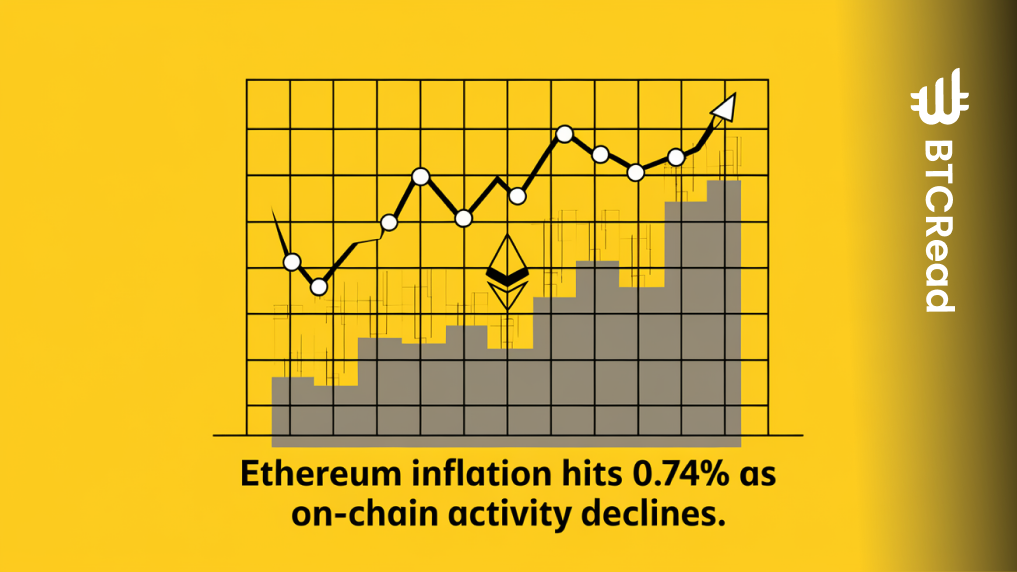Ethereum inflation rate has jumped to 0.74%, sparking questions about its “ultrasound money” status, according to Binance’s Oct. 2024 Market Insights report. The report highlights that Ether’s issuance is at its highest in two years, driven by a slowdown in on-chain activity and lower burn rates, which are affecting its economic standing.
The findings point to a growing concern for Ethereum, co-founded by Vitalik Buterin, raising questions about whether ETH can continue being deflationary as many had expected. Layer-2 solutions like Arbitrum and Optimism have significantly reduced activity on Ethereum’s main blockchain, which could be affecting its long-term outlook.
Layer 2 networks handle transactions outside the leading Ethereum network, helping reduce gas fees. This also reduces the amount of ETH burned through those transaction fees.
Lower Ethereum staking proposed
Ethereum’s EIP-1559, launched in 2021, burns part of the transaction fees. However, since fewer transactions are happening on the main network, the total amount of ETH burned has decreased. The Binance report challenges the idea of ETH being “ultrasound money” (a deflationary currency).
It explains that Ethereum’s transaction fees dropped as Layer 2 solutions (L2s) took over more of the network’s activity this year, combined with overall market downturns. As a result, the amount of ETH being burned (taken out of circulation) also decreased, with September seeing some of the lowest burn rates since the Merge.
Ethereum’s total supply is growing again as issuers create more ETH than burned, pulling it further away from its deflationary target. On Oct. 3, Vitalik Buterin weighed in on a community chat on X, backing the idea of lowering the minimum ETH deposit needed for solo stakers.
Solo stakers use their own computers to run full Ethereum nodes without the help of third-party services, staking pools, or centralized platforms. However, the requirement to lock up 32 ETH may deter broader participation in the network. However, Ethereum’s co-founder is open to lowering this requirement to around 16 to 25 ETH to make it easier for more people to run their own nodes.







